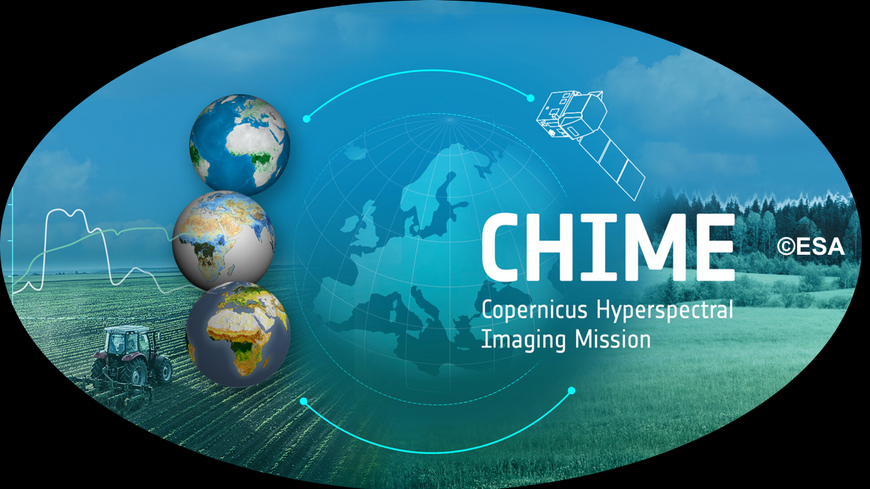CHEES

Funding by: ESA
Funding ID: E/E302-01 - CHIME
Project executing or management agency: ESA
Funding period: 05/2022 – 07/2029
Project partners: GMV Aerospace and Defense, S.A.U. (Spain), Helmholtz-Centre Potsdam GF German Research Centre for Geoscience (Germany), Universitat de Valencia (Spain), Italian Institute for Environmental Protection and Research - ISPRA (Italy)
[Translate to English:]
The activity aims at developing the end-to-end mission performance simulator for the "Copernicus Hyperspectral Imaging Mission for the Environment" also called CHIME, which is one of the candidate missions and is currently undergoing industrial Phase B2/C/D.
The CHIME end-to-end simulator (CHEES) will be a powerful tool allowing to simulate the end-to-end performance of the mission - from the observed scene to the retrieved parameters – and with a high configurability that allows specifying the different aspects impacting the data acquisition process.
CHEES will be used for:
- Predict system performance.
- Support the scientific community in the implementation of the retrieval algorithms.
- Generate data sets to help preparing the readiness to exploit the real satellite data sets.
Thus, the objectives of the activity are:
- Design, develop, implement and validate an E2E simulator in support to the CHIME mission in the context of the Phase B2/C/D/E.
- Verify compliance of the E2E performance assessment with the established mission objectives for the CHIME mission.
The E2E simulator will be composed of different modules replicating different areas of the platform, instrument and signal, some of which will be developed in the frame of this activity and some of which will be provided from parallel activities to be integrated in CHEES.
The GeoForschungsZentrum Potsdam is responsible for the development of the L2A (atmospheric correction) and the L2B soil and mineral modules. Both L2B modules focus on the retrieval of the CHIME high priority products soil organic carbon (SOC) and kaolinite abundance. We also contribute to the mission performance assessment.



